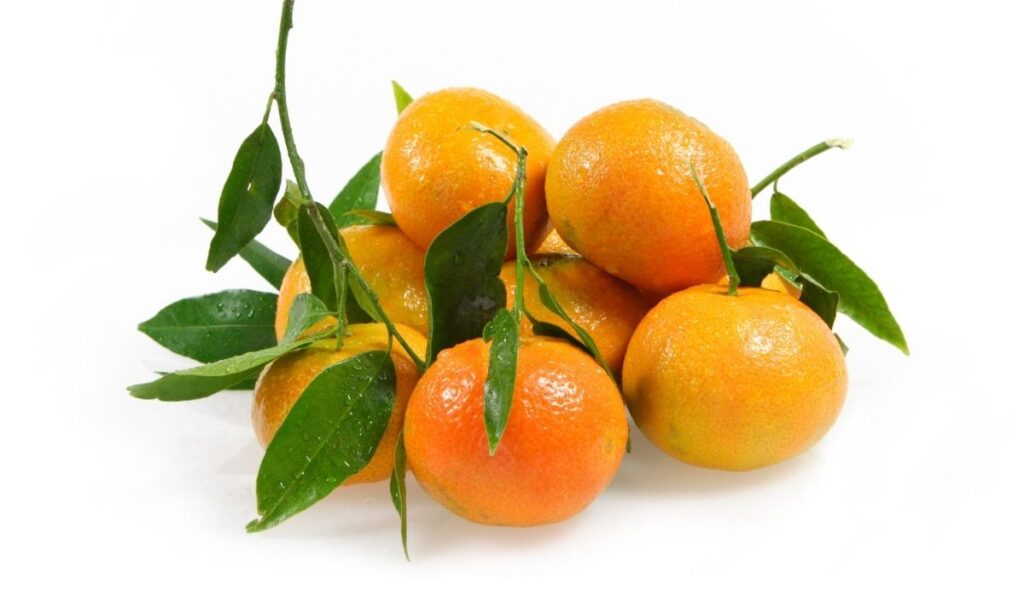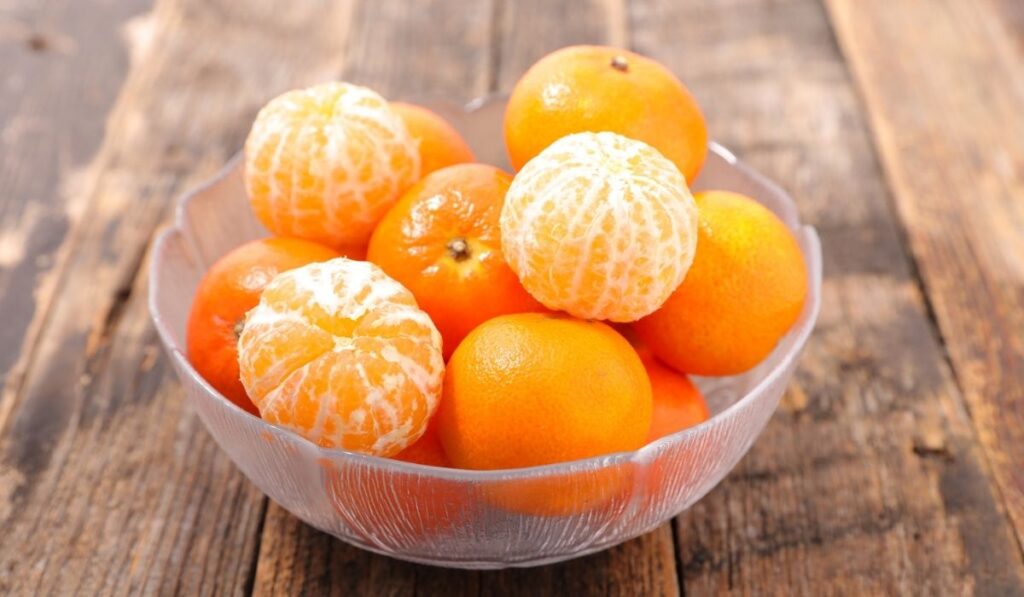The clementine is a small, round fruit with a deep orange color and a slightly acidic taste. It’s a hybrid of the mandarin orange and the sweet orange, named after Pierre Clement, who discovered the delectable combo. So, when’s the best time to get your hands on this delicious fruit?
Clementines are in season from late October or early November to January. This is when they are at their peak ripeness and flavor. They may still be available the rest of the year, but they won’t be as fresh or tasty.
The clementine season is a big factor in the overall popularity of the fruit, since it’s often used as a holiday decoration or given as a gift during the winter months. Clementines are also popular in baking and cooking, as their tartness can add a nice zing to recipes. Let’s take a closer look at what makes clementines so special.
Which Months Are Clementines in Season?

Clementines are grown in many parts of the world, but most of the commercial crop is grown in Texas, California, Spain, and Morocco.
In the US, clementines are typically in season from November to January. However, depending on the climate and region, they may be available as early as October and as late as February.
Clementines are often called “Christmas oranges” due to their peak season falling right around the holidays.
While you can find clementines year-round in many stores, they will be at their freshest and tastiest during their natural season. When in season, clementines should appear bright orange.
And if you can’t find any fresh clementines near you, for whatever reason, know that you can get dried apricots and mandarins (both examples on Amazon) which will probably check the same box flavor-wise for you. These citrus sisters are very similar, especially after they’re dried for longer-term storage!
What’s the Difference Between a Tangerine and a Clementine?
Tangerines and clementines are often mistaken for each other, but there are a few key differences between the two fruits.
Tangerines are slightly larger than clementines and have a brighter orange color. They also have a more pronounced flavor that is both sweet and tart, and their skin is easier to peel.
Clementines, on the other hand, are a bit smaller, more oval, and have a deep orange color. They are also sweeter with minimal acidity.
When it comes to seasonality, tangerines are typically in season from October to March. However, this can vary depending on the climate and region.
Are Cuties The Same As Clementines?
Clementines are often sold under the brand name “Cuties” in the United States — and there’s a reason why.
In the 1980s, clementines were imported to the United States from Spain. The fruit was an instant hit with consumers and was soon being grown domestically as well. Then, in the 90s, Sun Pacific orchards sought to make it popular among children by marketing it as a “Cutie.”
The brand was a success and is now one of the most recognized names for clementines. So, while Cuties are clementines, not all clementines are Cuties. Cuties are typically seedless, easy to peel and have a deep orange color. They are also smaller in size than regular clementines.
Clementines that are not sold under the Cuties brand can vary in taste, color, and size. So, if you’re looking for a particular type of clementine, be sure to check the label.
How to Select and Store Clementines

When selecting clementines, look for fruits that are bright orange in color and free from brown spots. The skin should be tight, and there should be no green patches.
Clementines are ripe when they yield to gentle pressure. Avoid any soft or squishy fruit as this is a sign of overripe fruit. Once you have selected your clementines, store them in a cool, dry place.
If you plan on eating them within a few days, they can be stored at room temperature. Otherwise, they can be kept in the fridge for two weeks. Clementines can also be frozen whole or juiced. Frozen fruit will last for several months but may lose some of its flavor over time.
How to Enjoy Clementines
Clementines can be enjoyed on their own or used in various recipes. When eaten whole, the skin should be peeled off, and the fruit can be divided into segments.
Clementines can also be juiced, used in baked goods, or added to savory dishes for a pop of flavor. Here are a few ideas for enjoying this delicious fruit:
- Add clementine segments to a salad
- Make a clementine cake or cupcakes
- Use clementine juice in place of lemon juice in a recipe
- Create a glaze or sauce using clementine juice and zest
- Pair clementines with cheese as an appetizer or dessert
- Add clementine segments to a grain bowl or rice dish
- Use clementine juice and zest in cocktails or mocktails.
Are Clementines Good for You?
Clementines are a good source of vitamin C, fiber, and potassium. They’re also low in calories and have no fat or cholesterol. Clementines are a healthy snack for both adults and children. So head to the nearest market, grab a crate, and enjoy!
